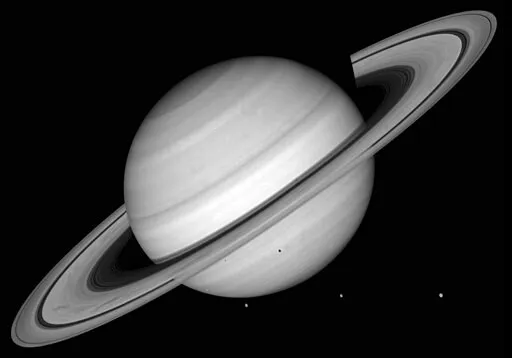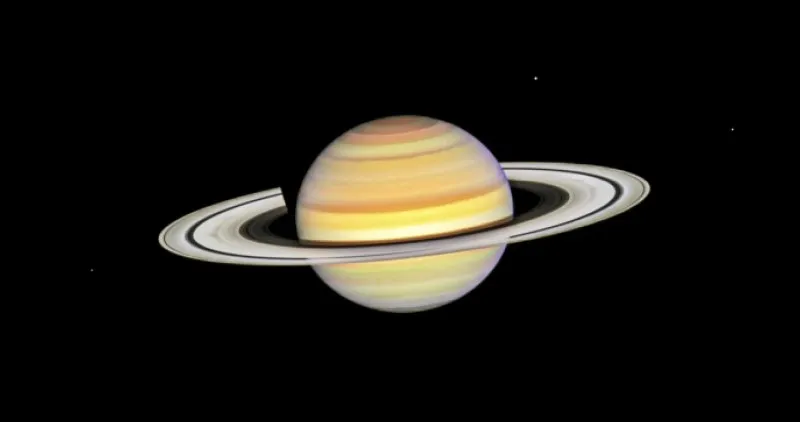The search for life beyond Earth has led scientists to the icy moon of Enceladus, orbiting Saturn, where a subsurface ocean beneath a thick crust potentially harbors life. The Cassini mission in the 2000s flew through plumes of water emanating from the moon’s surface, prompting further research. The James Webb Space Telescope has now been used to observe these plumes from Earth, providing valuable insights into the water system on Enceladus.
The plumes, originating from the south pole, were detected by the Webb telescope despite the moon’s small size of approximately 300 miles in diameter. Astonishingly, the plume observed was more than 6,000 miles long, spanning over 20 times the size of the moon itself. Geronimo Villanueva, lead author of the research, stated, “I was thinking I had to be wrong… it was just so shocking to detect a water plume more than 20 times the size of the moon.”
The plume is not only long but also produces a tremendous amount of water, with vapor gushing away from the surface at a rate of nearly 80 gallons per second. This amount of water would fill an Olympic-sized swimming pool in just a couple of hours. As Enceladus orbits Saturn, it leaves a trail of water behind, creating a halo or “donut-shaped” region around the planet.

Webb Telescope Discovers Massive Water Plume on Saturn’s Moon Enceladus
The researchers utilized the Webb telescope’s NIRCam instrument to capture images of the plume and its NIRSpec instrument to identify the water composition. The findings suggest that the plume is not only enormous but also surrounds the moon, with water present almost everywhere. According to Villanueva, “The orbit of Enceladus around Saturn is relatively quick, just 33 hours. As it whips around Saturn, the moon and its jets are basically spitting off water, leaving a halo, almost like a donut, in its wake.”
The research has significant implications for understanding the water supply in the Saturn system, with NASA’s James Webb Space Telescope providing an “entire new window of opportunity” for scientists to study the moon’s ocean and plumes. The observations made possible by Webb’s unique instruments will allow researchers to investigate the composition of the underlying ocean and how it changes over time.
The study’s lead author, Villanueva, emphasized the significance of the research, stating, “Right now, Webb provides a unique way to directly measure how water evolves and changes over time across Enceladus’ immense plume, and as we see here, we will even make new discoveries and learn more about the composition of the underlying ocean.” The research is expected to be published in the journal Nature Astronomy and has the potential to shed light on the possibility of life on Enceladus and its subsurface ocean.









































